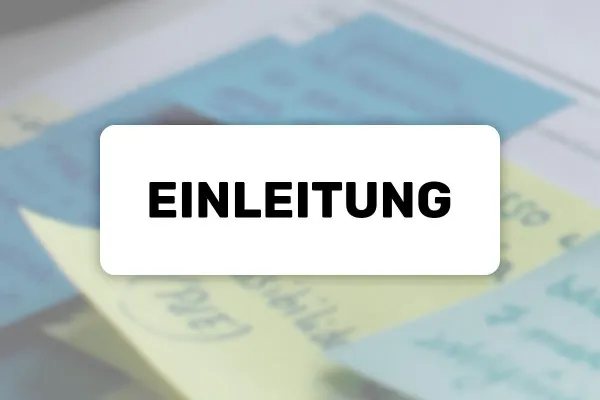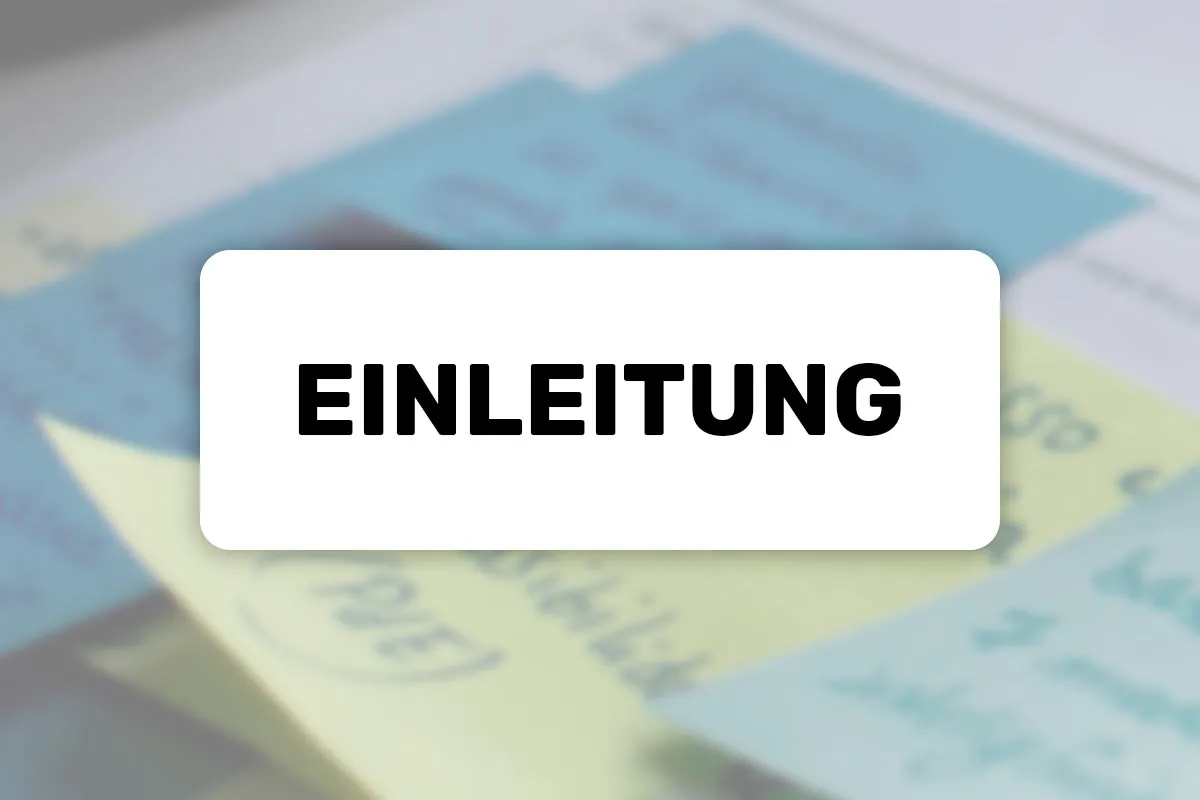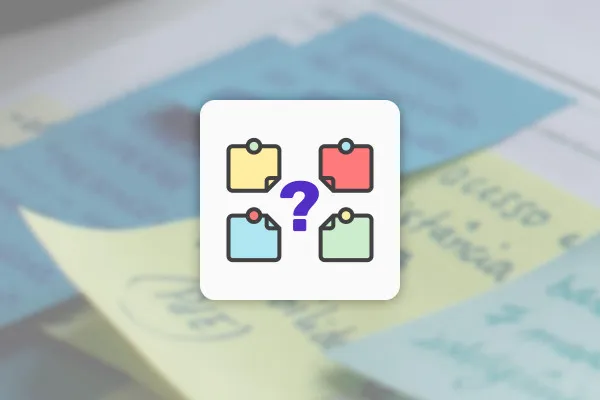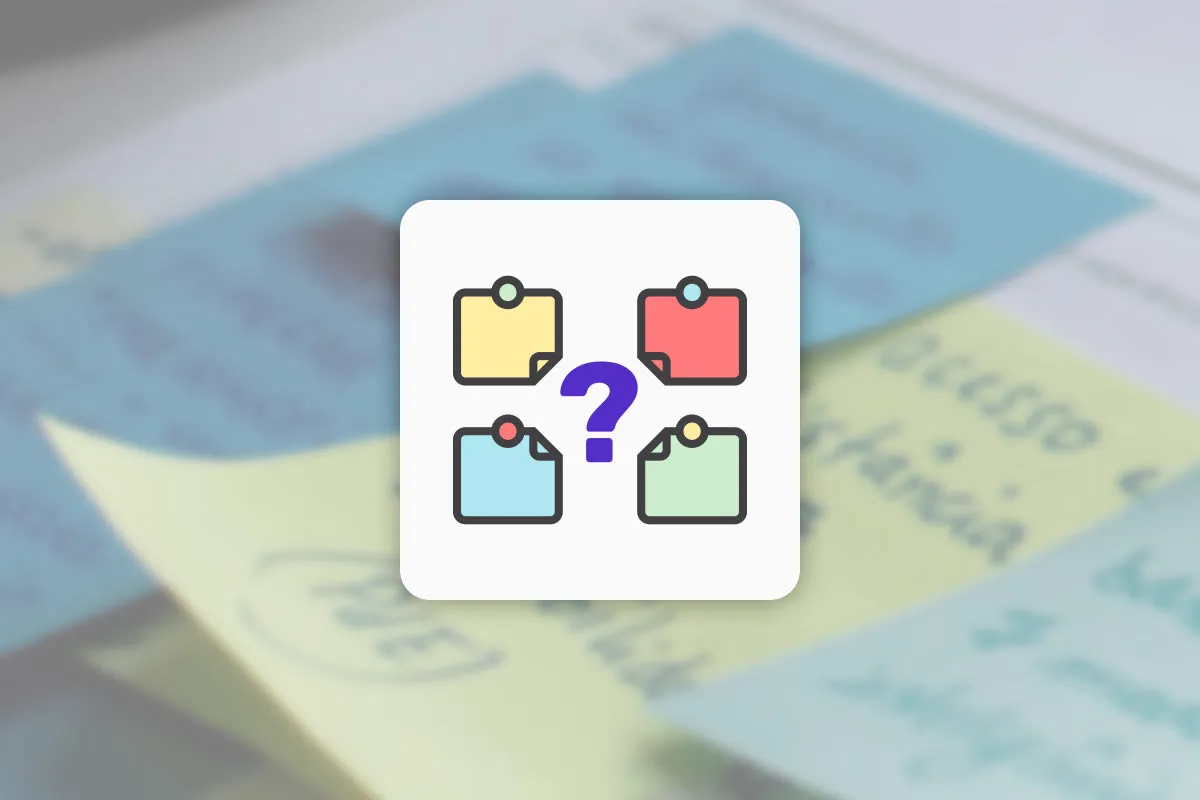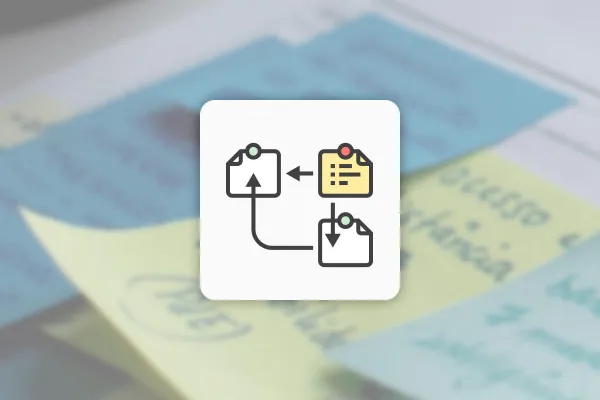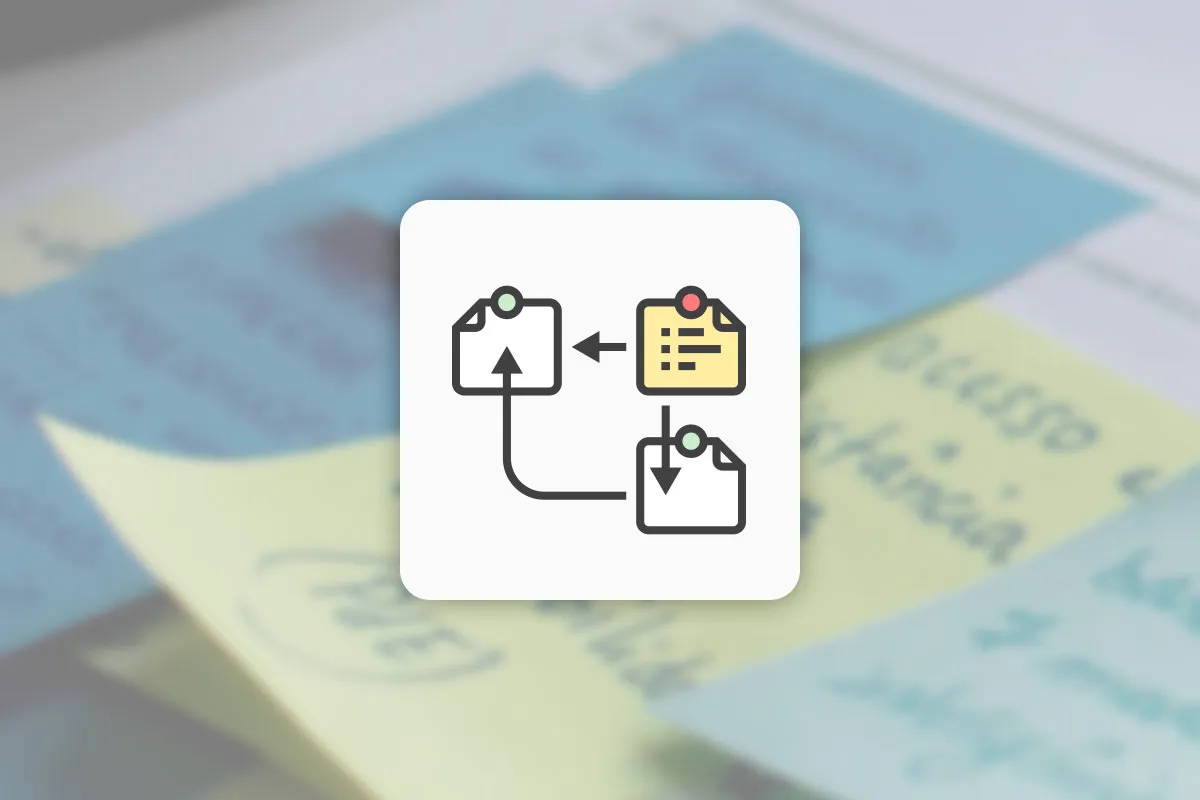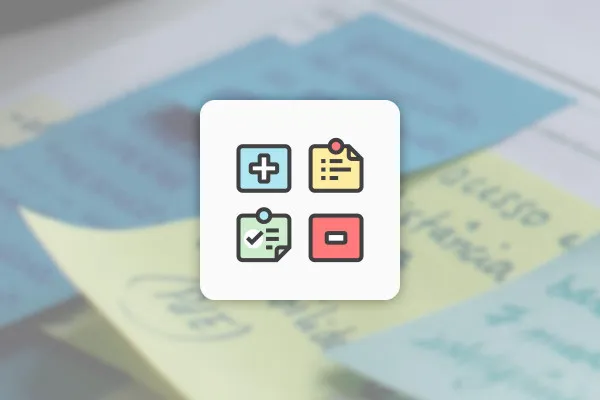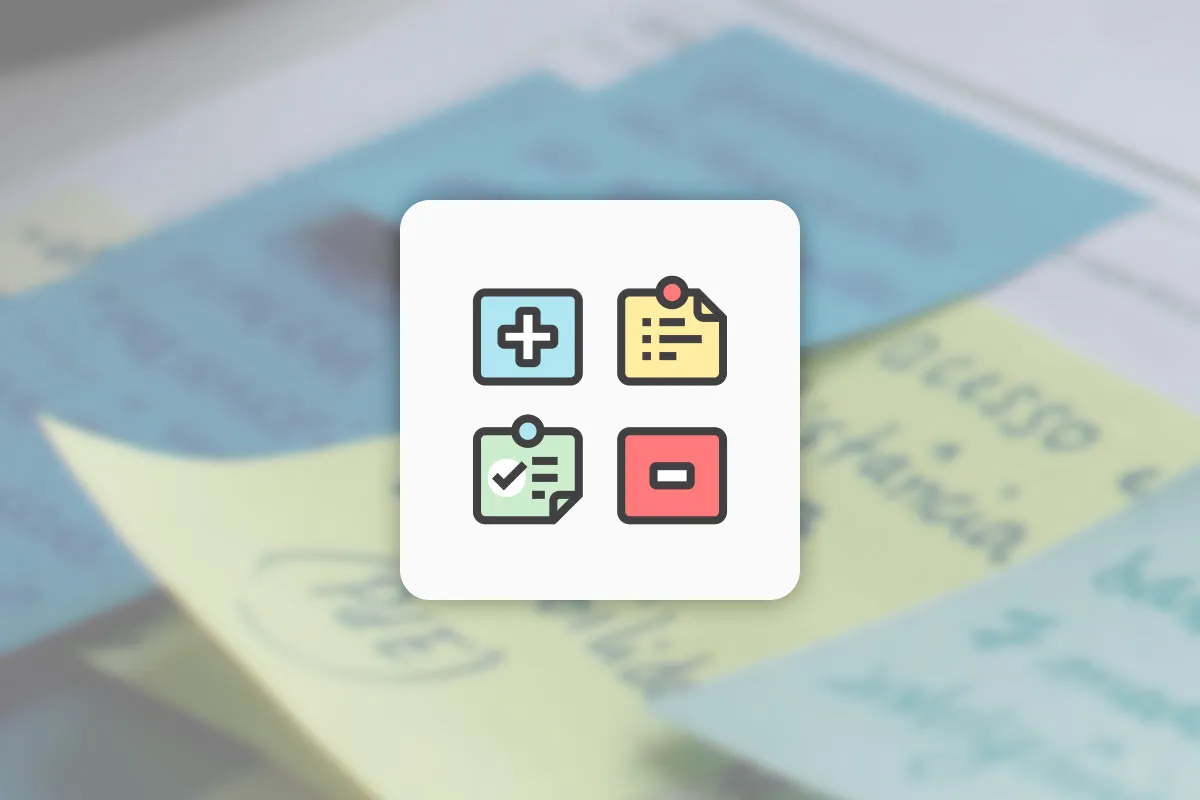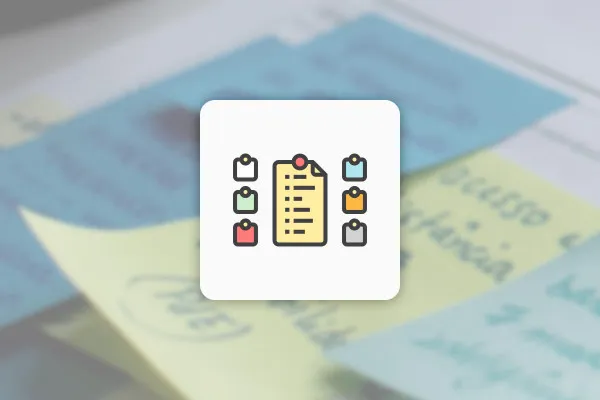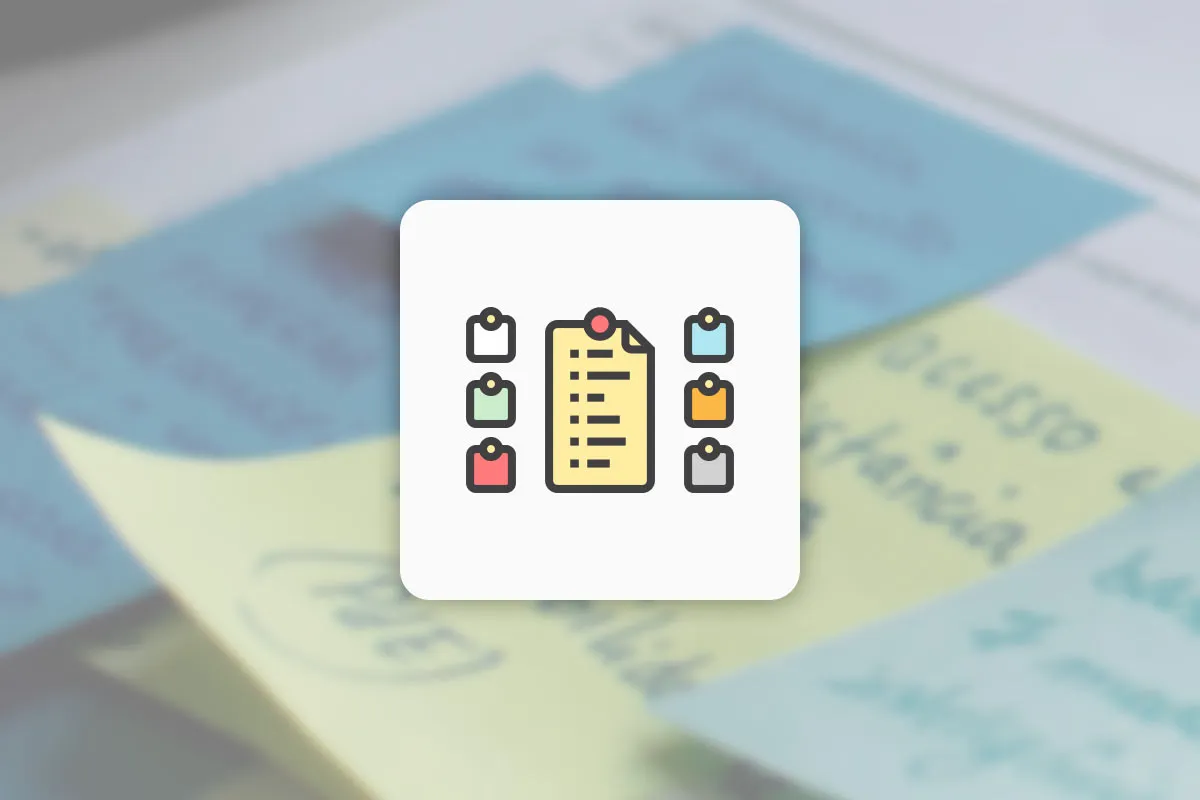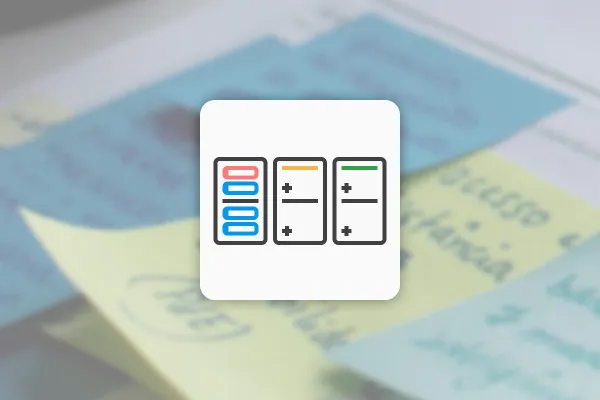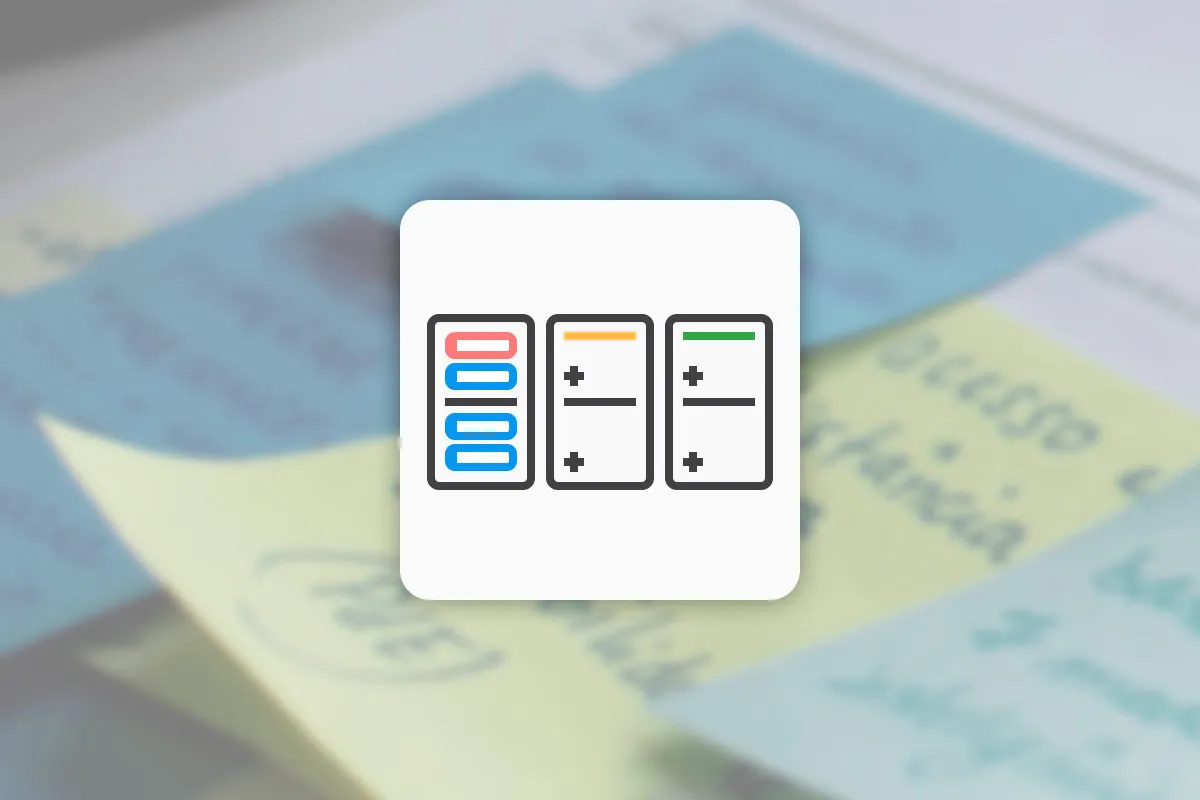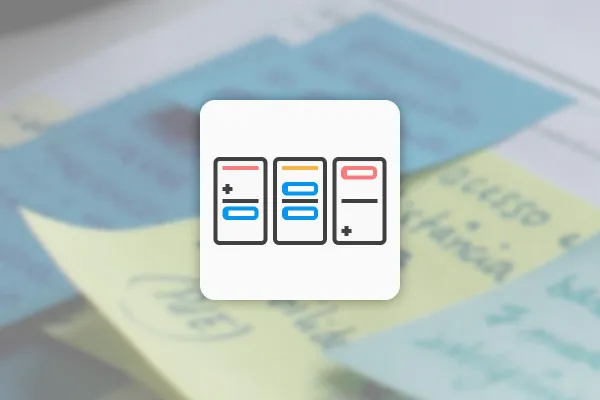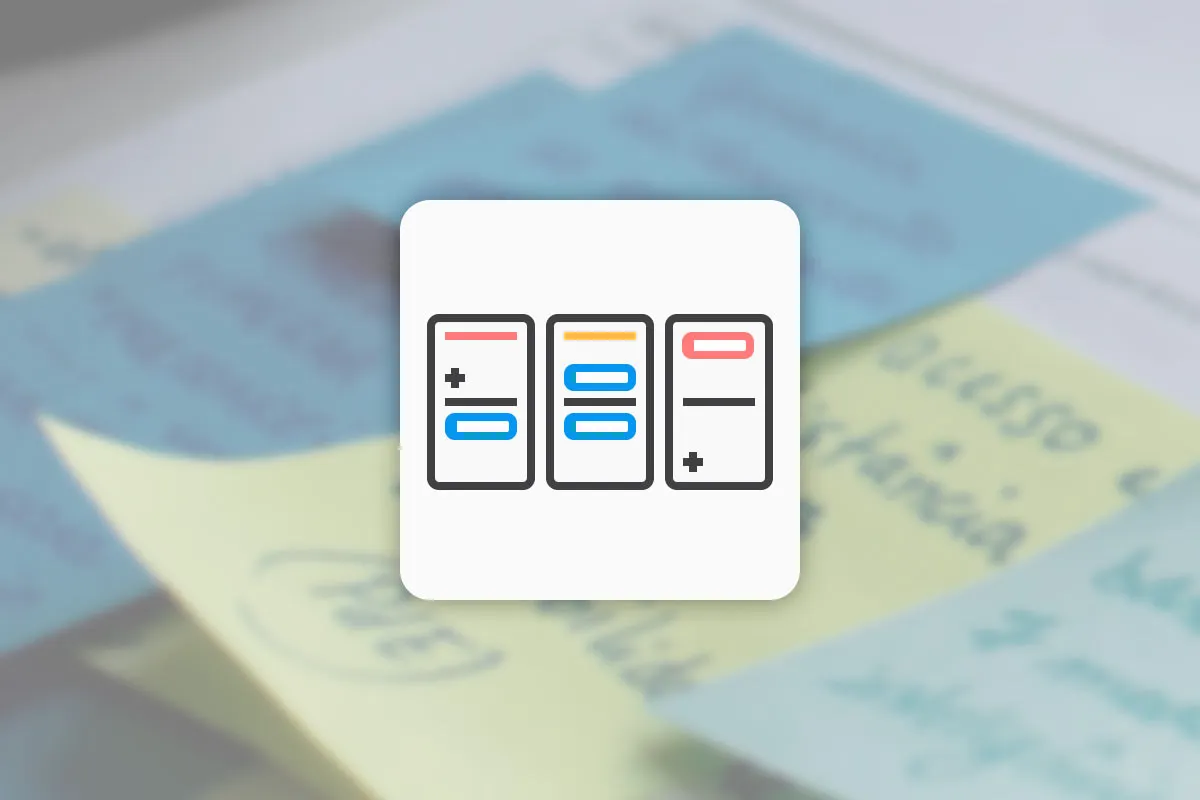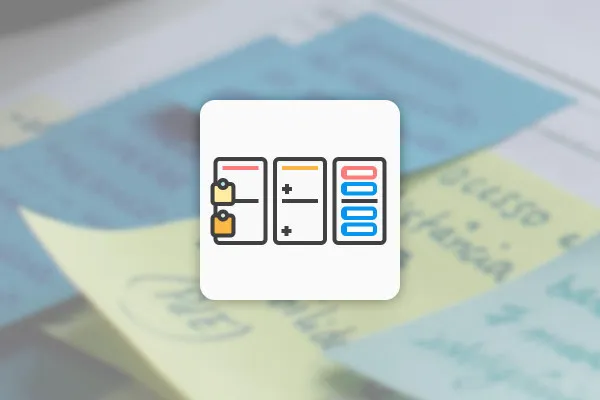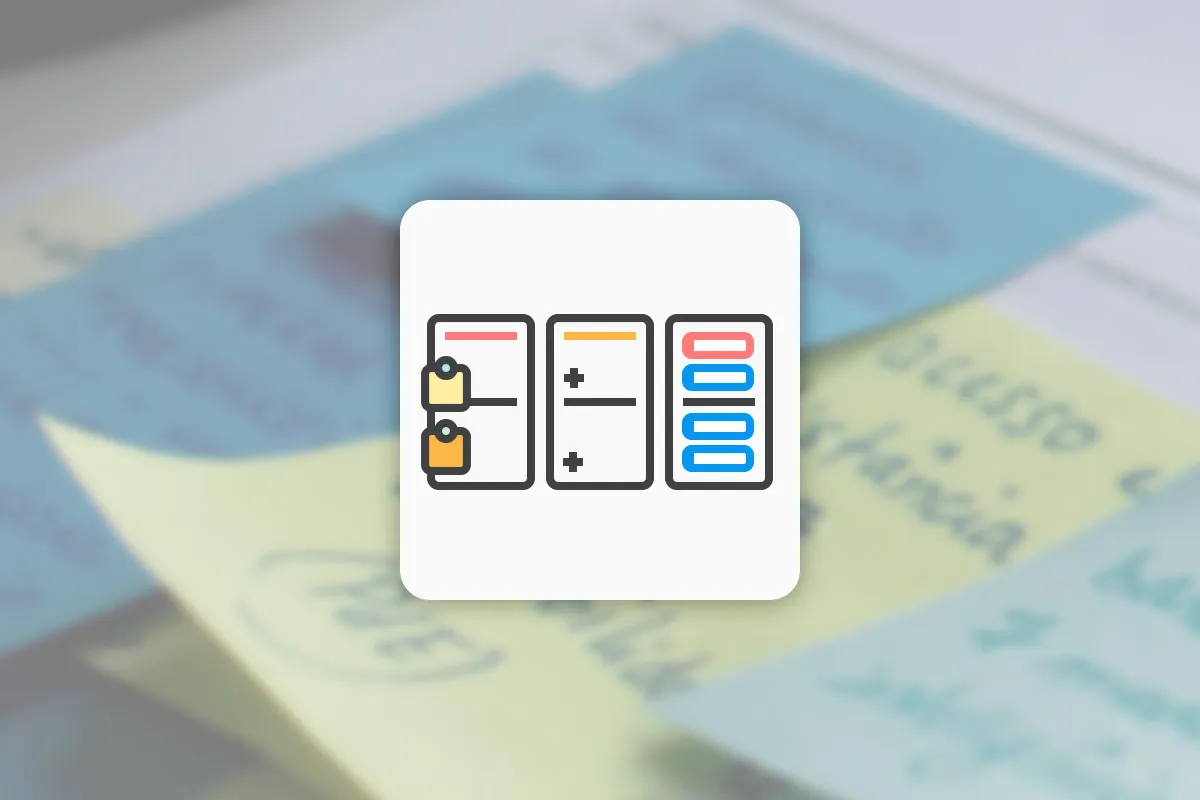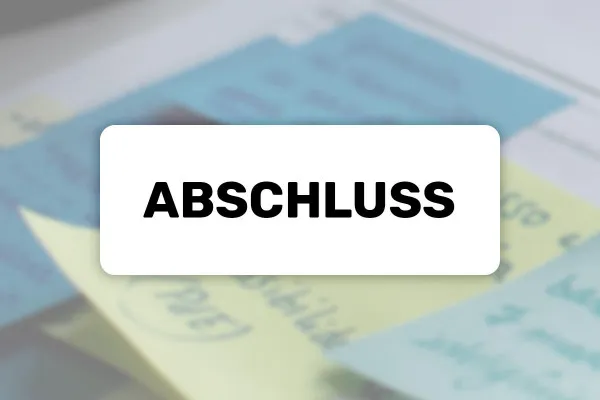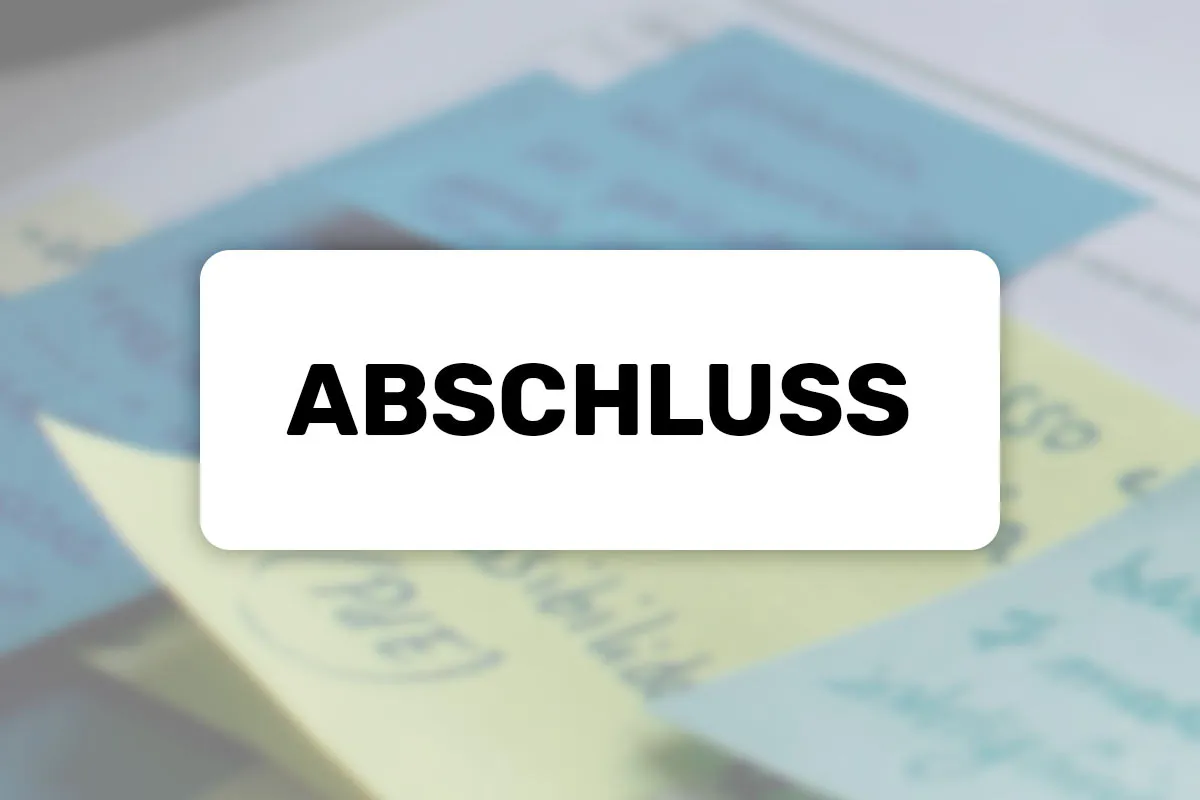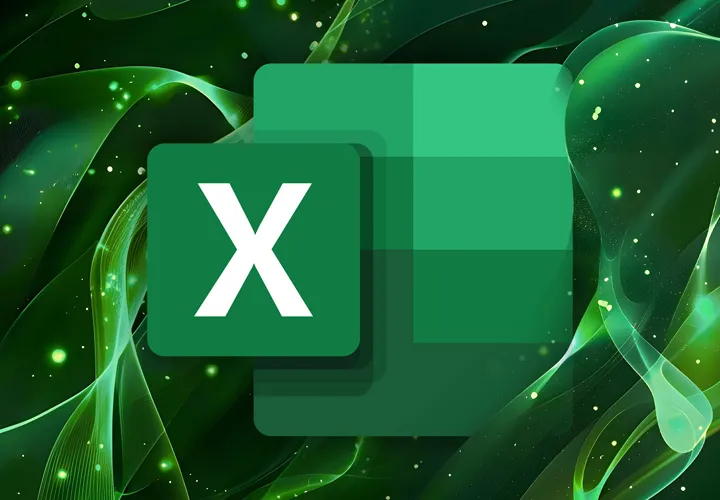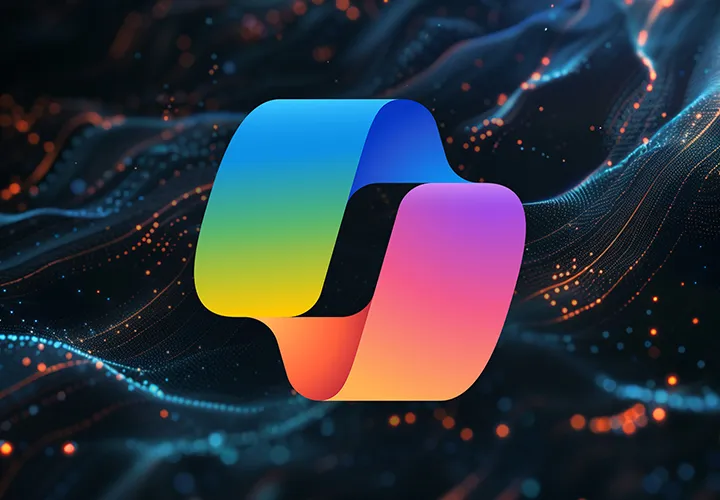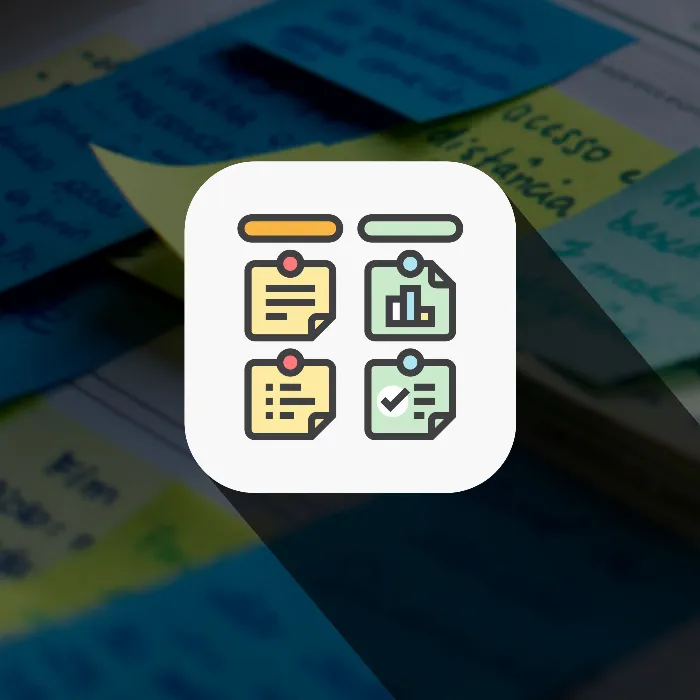
Kanban method for agile project management and more productive processes (tutorial)
Get your project management moving - with Kanban! Use this easy-to-apply method to optimize work processes, track successes and identify bottlenecks. You can also keep everyone involved up to date on the progress of your work processes at all times. Learn what Kanban is, how the method works and how you can apply it to your project management in this 45-minute tutorial by Tobias Becker!
- Get to know the basics, theory and practice of the Kanban method
- Learn how to use Kanban in agile project management
- Use Kanban to track performance, identify errors and thus improve processes
- In 45 minutes to the point in a video tutorial by Tobias Becker
Use the tutorial to get to grips with the Kanban board, integrate the method into your project management and optimize your processes!
- content:
1 h Video training
- Licence: private and commercial Rights of use
- Bonus: including working material
Examples of use
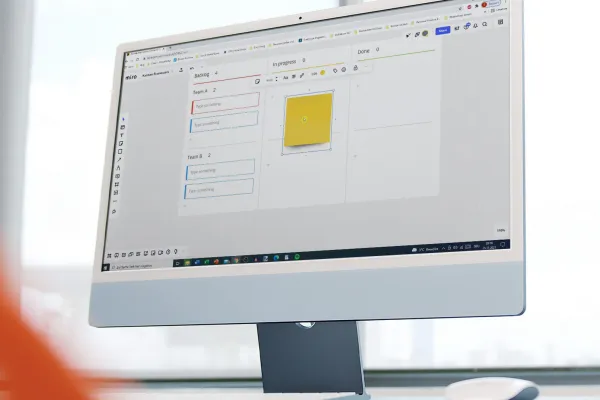
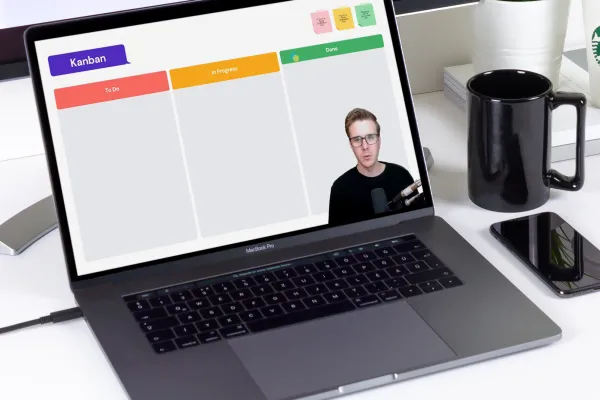
Introduction to the Kanban method
Kanban: Basics
Kanban: Practice
Graduation
Details of the content
Once integrated into project management, you will love Kanban boards
They provide an overview. They remain flexible. They show you what's going on and where things are stuck. On Kanban boards , you can move tasks and associated responsibilities from one process step to the next and thus keep an eye on work processes and project workflows. This tutorial will teach you exactly how the Kanban method works in a time-saving three quarters of an hour with your trainer Tobias Becker. And because Kanban is not rocket science, you can tackle your own boards immediately after completing the tutorial.
Agile project management with Kanban - explained to the point in 45 minutes
Once you have learned about the origins, basic meaning, advantages and disadvantages of Kanban, it's time to get into practice. Learn about the six different Kanban principles and go step by step from preparing your own board to working with it in practice and reviewing it. In no time at all, you will learn how to use Kanban to achieve more productive processes.
The advantages of Kanban
Kanban translates as "signal card". Kanban boards on which you work consist of several columns that represent different process steps. Individual tasks are created on separate cards, assigned responsibilities and can be moved from one column to the next. This allows you to visualize which task is in which process step - agile project management that gets you ahead!
Whether you implement the method digitally using programs such as Trello or Jira or use it analogue on a whiteboard, Kanban is easy to integrate into your organization . You get a quick and easy overview of the overall progress of projects. Kanban shows you performance and also makes it clear where problems exist. In addition to the continuous improvement of work processes, you also ensure that they are transparent for everyone. Enough reasons to take a look at the Kanban method - start the tutorial now!
Other users are also interested
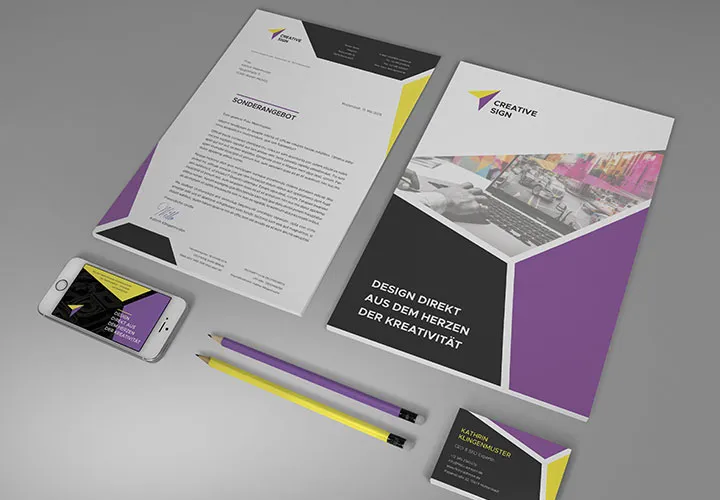
From the business card to the roll-up
Faster results in your tables
How to build trust with customers

Fully equipped from flyer to roll-up

With flyer, business card & Co.
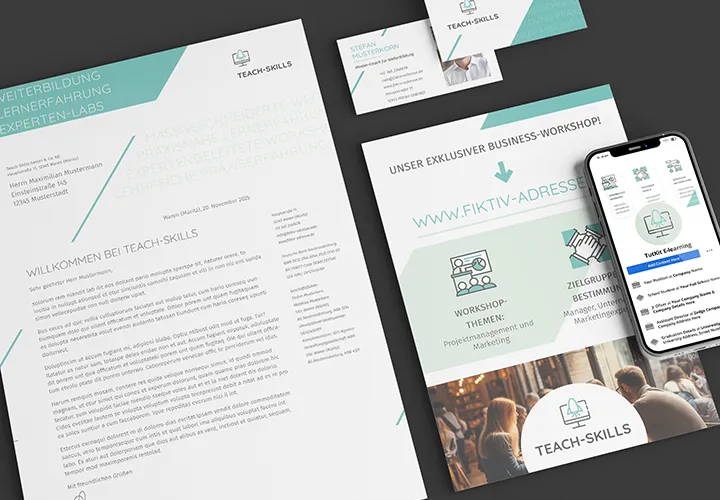
For complete business equipment
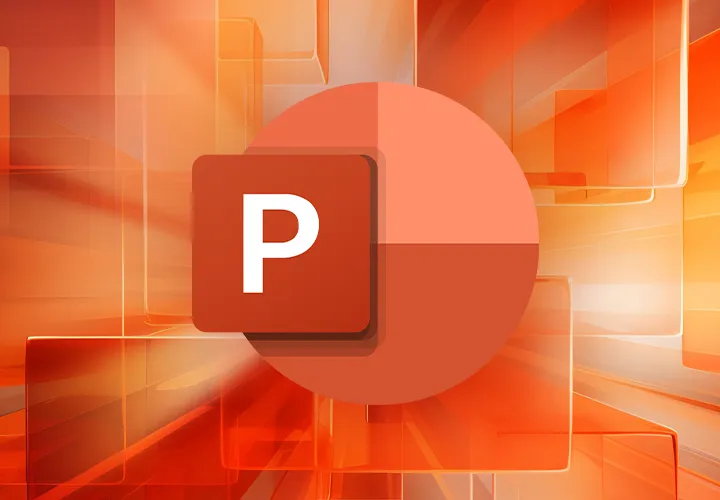
Effectively create modern slides
This saves you time and effort!

